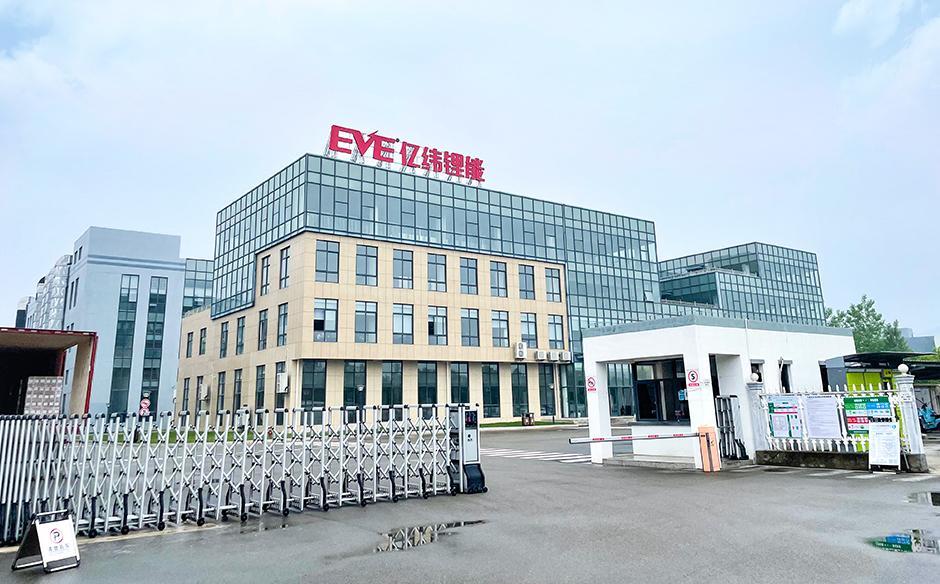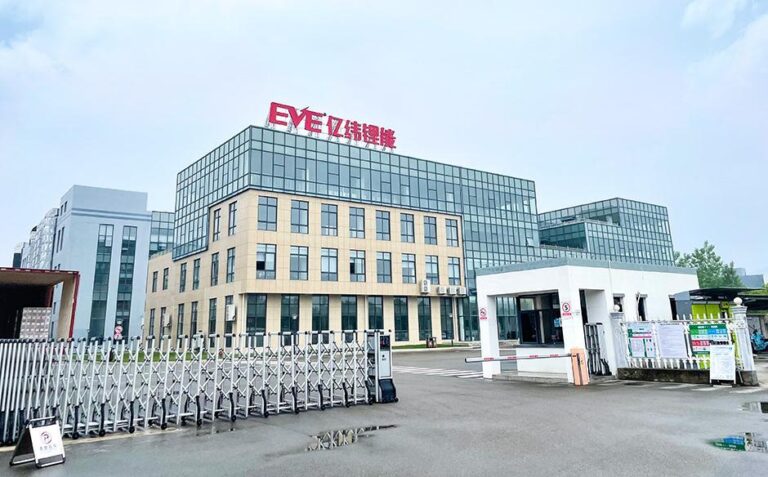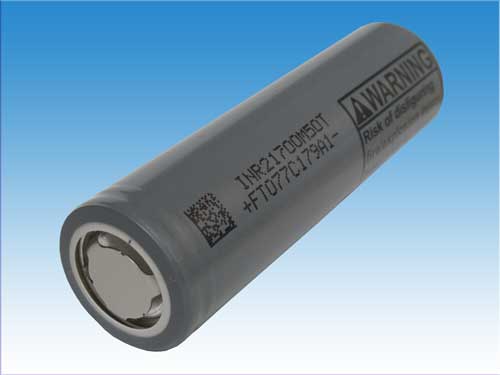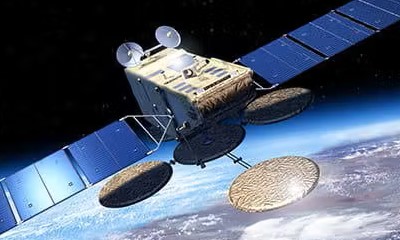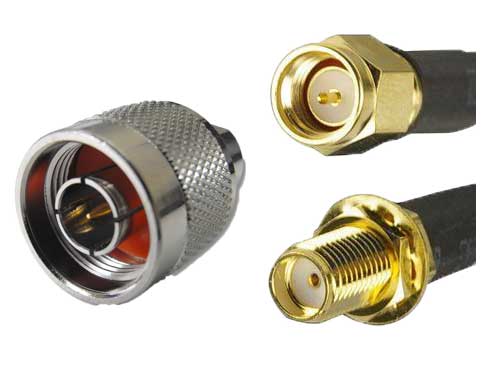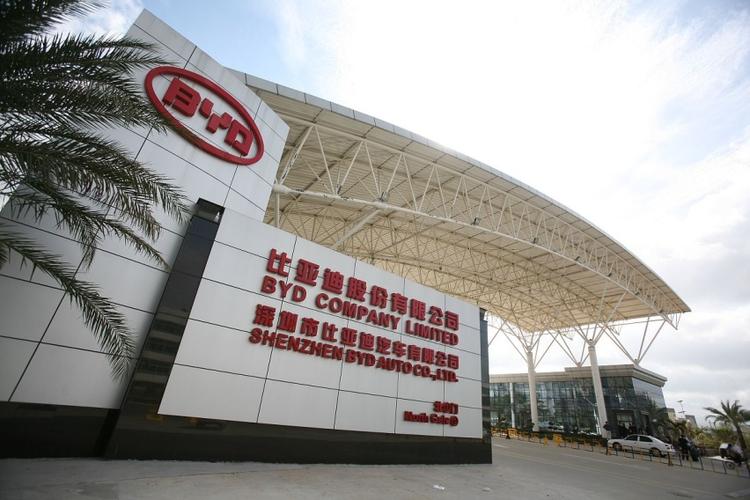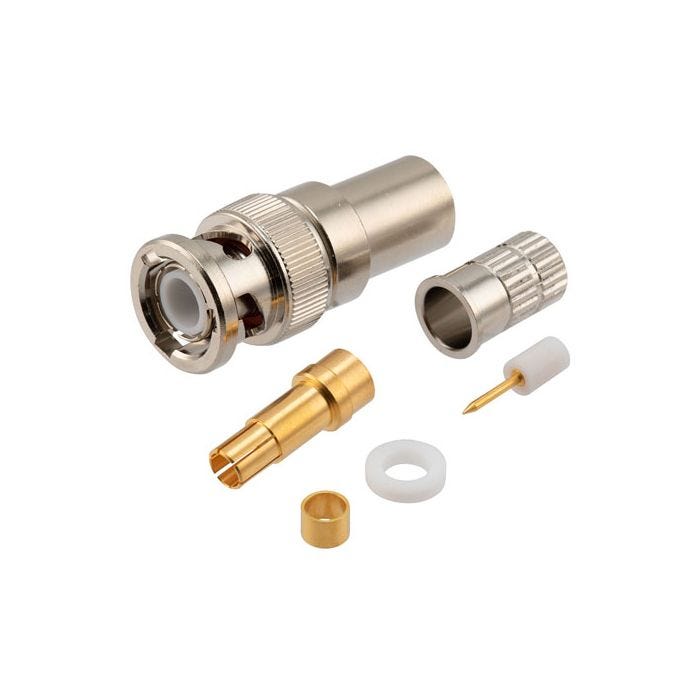EVE Energy Company Limited Detailed Research Report ,Manufacturing Base Overview (Locations, Capacity, Smart Factories)
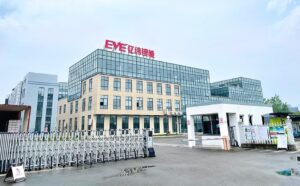
Major Production Bases in China: EVE has established an extensive manufacturing footprint in China:
- Jingmen, Hubei: This is one of EVE’s largest production hubs. In June 2021, EVE announced a phased expansion of the Jingmen High-Tech Industrial Zone facilities by an enormous 92.5 GWhen.wikipedia.org. By 2023, after multiple expansion phases, Jingmen’s total operational plus under-construction capacity reached about 152.6 GWh/yearen.wikipedia.org. As of early 2023, around 72.5 GWh was already online, with additional lines ramping upen.wikipedia.org. The site produces both cylindrical LFP cells (initially 23 GWh for power tools, being expanded by +82.5 GWh) and prismatic NMC cellsen.wikipedia.orgen.wikipedia.org. Specific expansions included new lines for 15 GWh of LFP (for e-scooters and logistic vehicles) and 15 GWh of NMC (for passenger EVs) announced in August 2021en.wikipedia.org. Jingmen also hosts upstream materials production; in 2021 EVE formed a JV to build a plant on-site for 1.6 billion m²/year of separator filmen.wikipedia.org. In summary, Jingmen is a mega-campus that by mid-2023 had ~100+ GWh operational or imminent, making it one of the world’s largest battery manufacturing sites.
- Chengdu, Sichuan: In October 2021, EVE unveiled plans for a major new lithium-ion battery R&D and manufacturing complex in Chengduen.wikipedia.org. The project consists of two phases: phase 1 with 20 GWh/yr capacity, and phase 2 adding 30 GWh/yr, for a total of 50 GWh/year when completeen.wikipedia.org. Investment is roughly ¥20 billion, and the site spans ~66.7 haen.wikipedia.org. This Chengdu base will integrate a research institute, indicating it as EVE’s southwest China innovation hub.
- Huizhou, Guangdong: Huizhou is EVE’s headquarters location. In early 2021, EVE committed ¥1 billion to build a new prismatic LFP battery plant in Huizhou and another ¥2.6 billion for a hybrid vehicle battery management system factoryen.wikipedia.org. One month later, EVE expanded the LFP plant investment by an additional ¥3.9 billion to double its land area, aiming to complete construction within 18 monthsen.wikipedia.org. In January 2022, EVE signed an agreement with the Huizhou government to invest ¥100 billion over time into a new energy battery industrial park in the city, including building R&D centers and attracting upstream suppliersen.wikipedia.org. EVE pledged at least ¥2 billion to local battery R&D as part of this initiativeen.wikipedia.org, projecting an economic impact of ¥100 billion in Huizhou by 2025. Thus, Huizhou remains a core base for both manufacturing (especially LFP) and corporate R&D, and is slated for continuous growth.
- Shenyang, Liaoning: In September 2022, EVE announced a ¥10 billion investment to build a new battery plant in Shenyang, a major auto manufacturing hub in northeast Chinaen.wikipedia.org. Phase 1 will cost ¥5 billion for 20 GWh/year capacity, producing batteries for both energy storage and vehicle power supply usesen.wikipedia.org. Construction presumably started in 2023. This plant extends EVE’s reach into Northeast China.
- Jianyang, Sichuan & Qujing, Yunnan: On January 18, 2023, EVE unveiled plans to invest ¥15.5 billion in two new factories – one in Jianyang (Sichuan) with 20 GWh/yr, and one in Qujing (Yunnan) with 23 GWh/yr, for a combined 43 GWh capacityen.wikipedia.org. These are scheduled to be built over ~2 years (timing flexible based on market conditions)en.wikipedia.org. The Qujing project originally started at 10 GWh but was promptly expanded to 23 GWh due to surging EV demanden.wikipedia.org. Both locations are strategic: Sichuan is an EV manufacturing and lithium mining base, and Yunnan offers access to renewable energy and mineral resources.
- Other Sites: EVE also has production in Jingzhou, Hubei (separate from Jingmen, possibly a smaller facility or an extension), Qidong, Jiangsu (a 10 GWh plant in partnership with Linyang Energy, announced in 2021en.wikipedia.org), and smaller factories in Shenyang and Jianyang as mentioned. The company continuously evaluates new sites; for example, it has a presence in Dongguan, Guangdong for small battery production.
By early 2025, EVE reportedly had a total of 53 battery plants/lines globally (including domestic lines counted separately)en.wikipedia.org, underscoring the breadth of its manufacturing base. The cumulative nameplate capacity in China is well into the hundreds of GWh per annum, positioning EVE among the top tier of cell producers by capacity.
International Manufacturing (details in Section 8): EVE’s major overseas plants include:
- Kulim, Malaysia: first overseas plant, started production Feb 2025, capacity 680 million cells/year (~11 GWh)en.wikipedia.orgen.wikipedia.org.
- Debrecen, Hungary: under construction, 28 GWh/yr by 2026, to supply BMW EVsen.wikipedia.org.
- Mississippi, USA (JV): under construction (Amplify JV), 21 GWh/yr by 2026 for commercial EV batteriesen.wikipedia.org.
These are elaborated in Section 8, but are worth noting as part of EVE’s manufacturing network.
Smart Manufacturing and Industry 4.0: EVE places a strong emphasis on advanced manufacturing technologies in its factories:
- Automation & AI: EVE’s production lines are highly automated, with extensive use of robotics for material handling, electrode fabrication, cell assembly, and formation. The company has invested in smart factory systems that monitor and control processes in real-time to ensure high yield and consistent quality. For example, in Jingmen, EVE formed a JV to produce separator film on-siteen.wikipedia.org, integrating the supply chain and employing precision coating technology in a highly automated facility.
- ABB Partnership: On Sept 11, 2024, EVE signed an MoU with ABB to collaborate on the creation of state-of-the-art lithium battery factoriesen.wikipedia.org. ABB, a leader in industrial automation, is assisting EVE with cutting-edge production equipment and digital solutions for “greenfield” battery manufacturing sitesen.wikipedia.org. This partnership likely involves implementing ABB’s robotics, process control systems, and energy-efficient infrastructure in EVE’s new plants. The goal is to build smart, sustainable factories with optimized workflows and minimal human intervention in critical processes. This will enhance EVE’s manufacturing efficiency and product consistency.
- Digitalization: EVE’s facilities utilize digital MES (Manufacturing Execution Systems) and IIoT (Industrial Internet of Things) to track production data. Quality control employs machine vision and in-line testing at multiple stages. Patents indicate EVE designed battery module assembly machines and laminators with innovative featurespower-technology.com, reflecting in-house development of manufacturing tech. The company likely uses AI analytics on production data to predict maintenance needs and to refine process parameters (some industry peers do this to improve cycle times and yields).
- Capacity & Yield Management: EVE faced some utilization challenges in early 2024 (under-utilization dragged on margins)ainvest.com, and is addressing this by phasing capacity expansions closely with demand, and by quickly ramping new lines to optimal yield. The smart factory initiatives help maximize utilization rates – a key metric to maintain profitability given the heavy fixed costs of battery plantsainvest.com.
- Sustainability in Manufacturing: EVE integrates environmental considerations in its plants – for example, it strives for waste water recycling, solvent recovery in electrode coating, and usage of renewable power where possible. The company has begun equipping factories (like Huizhou and upcoming ones) with rooftop solar panels and energy management systems to reduce carbon footprint, aligning with its carbon neutral goals (see ESG section). In fact, EVE won recognition for having a leading carbon footprint management in battery manufacturing in Chinaevebattery.com.
Scale and Output: By 2025, EVE’s manufacturing output spans a wide range of products and volumes:
- It produces cylindrical cells in huge volumes – for instance, the Malaysia plant adds ~680 million cells/year of outputen.wikipedia.org.
- It manufactures large prismatic cells by the millions for EVs and ESS in China.
- Altogether, EVE’s actual shipments in 2024 were targeting 50 GWh (cell capacity delivered)ainvest.com. This volume is rapidly rising with new factories coming online.
- The company is paying attention to balancing capacity expansion with demand. Oversupply in the industry has prompted caution, but EVE’s overseas push (where demand is strong) helps absorb capacityainvest.com.
In summary, manufacturing is a core strength for EVE: it has built a vast and modern production network, especially in China, and is now replicating that success abroad. Its commitment to smart manufacturing (via automation and digital tech) and vertical integration (materials JVs on-site) should yield cost and quality advantages over less integrated competitors. The key will be to fully utilize these factories – something EVE is focusing on, as evidenced by its strategic global sales efforts to keep the production lines busyainvest.com.

